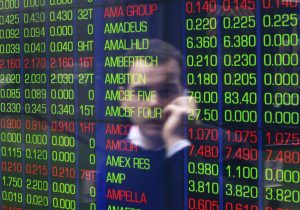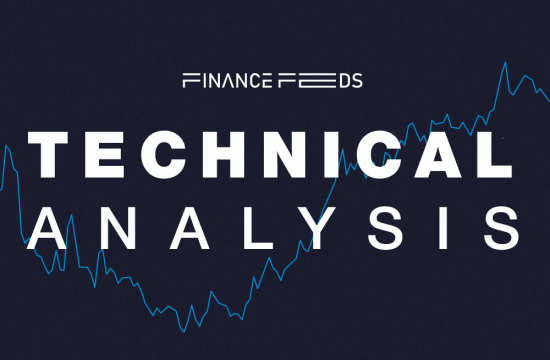 The Global Investor Confidence Index for December 2017, provided by State Street Global Exchange, decreased to 94.8, down 1.5 points from November’s revised reading of 96.3, according to the monthly report released this week.
The Global Investor Confidence Index for December 2017, provided by State Street Global Exchange, decreased to 94.8, down 1.5 points from November’s revised reading of 96.3, according to the monthly report released this week.
“In Europe, healthy growth and continued ECB asset purchases may have helped to boost investor confidence,” said Froot. “Although the index remains below 100, it seems that European-based investors are becoming less concerned that political risks could derail the strong economic performance across the region”, Metcalfe added.











